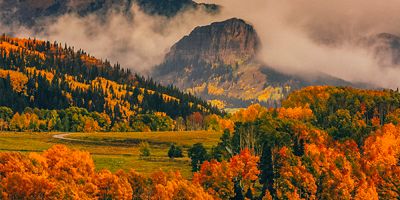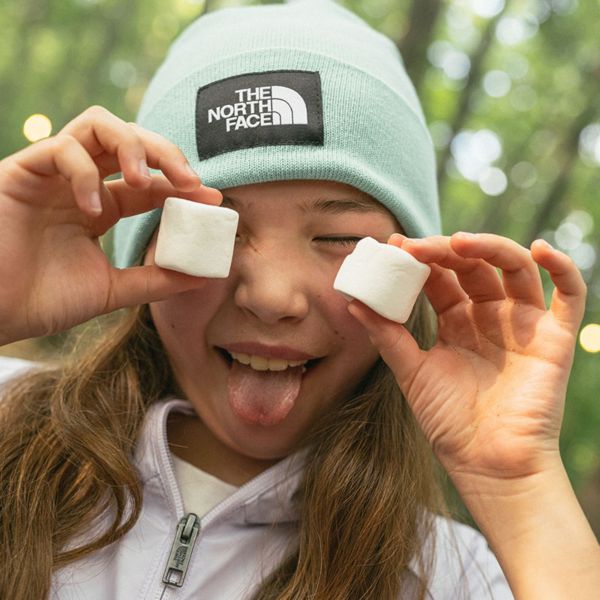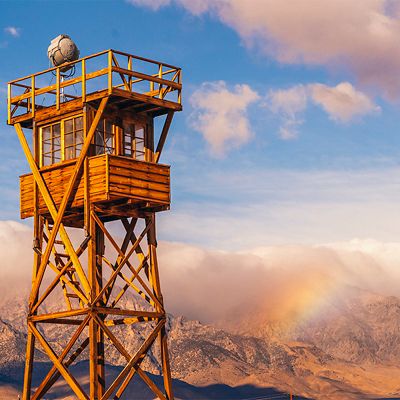Rising like a tidal wave over the surrounding plains, the Teton Range forms one of the most iconic landscapes in all of the National Park Service. These imposing peaks are undoubtedly the centerpiece of Grand Teton National Park in northwestern Wyoming, and for good reason—the mountain skyline stretches into 12,000 and 13,000-plus feet, a dramatic elevation gain—but this jewel of a park just south of Yellowstone National Park offers plenty more.
Here, sparkling lakes lend themselves to paddling, boating, and shoreline hikes. Kayakers paddle the mighty Snake River. Historic buildings let visitors peek into the area’s past. Alpine wildflowers bloom against a backdrop of glaciers. And an impressive variety of wildlife make their homes here, from osprey and marmots to moose, bison, and grizzly bears. It’s no wonder this relatively small park inspires such grand affection.
Sculpted Peaks
How exactly did those photogenic Tetons come to be? The region’s mountains were formed starting about 120 million years ago, as massive tectonic plates collided on the North American west coast and forced the Earth’s crust upward. The park lies on a fault (a giant fracture in blocks of rock known as the Teton fault), where, about 10 million years ago, earthquakes began shoving one side up to form the peaks and the other side down to form a valley. The Pleistocene Ice Age further shaped the Tetons by adding ice sheets to the landscape, which bulldozed, polished, and sculpted the rock before retreating in the modern era.
Wildlife Haven
Grand Teton borders Yellowstone, so it’s no surprise that you’ll find many of the same animals here. Beavers, river otters, and moose live in the valley’s waterways, while pronghorn, bison, and elk populate the sagebrush flats on the park’s east side. As you move up in elevation, look for black bears, mule deer, and martens in the forests. Marmots, pikas, and bighorn sheep can be found in the highest mountain habitats. Grizzly bears and gray wolves also roam the Tetons, and many people consider spotting one a highlight of their trip.
Human History
Archeological evidence tells us that people have lived in the area that is now Grand Teton National Park for at least 11,000 years. Indigenous tribes, including the Shoshone, Bannock, Crow, Blackfoot, and Nez Perce peoples, spent summers in the area, hunting and roasting camas roots. European explorers and trappers began arriving in the 1800s, followed by settlers, homesteaders, and dude ranchers catering to tourists. Grand Teton became a national park in 1929 and was significantly expanded in 1950.










